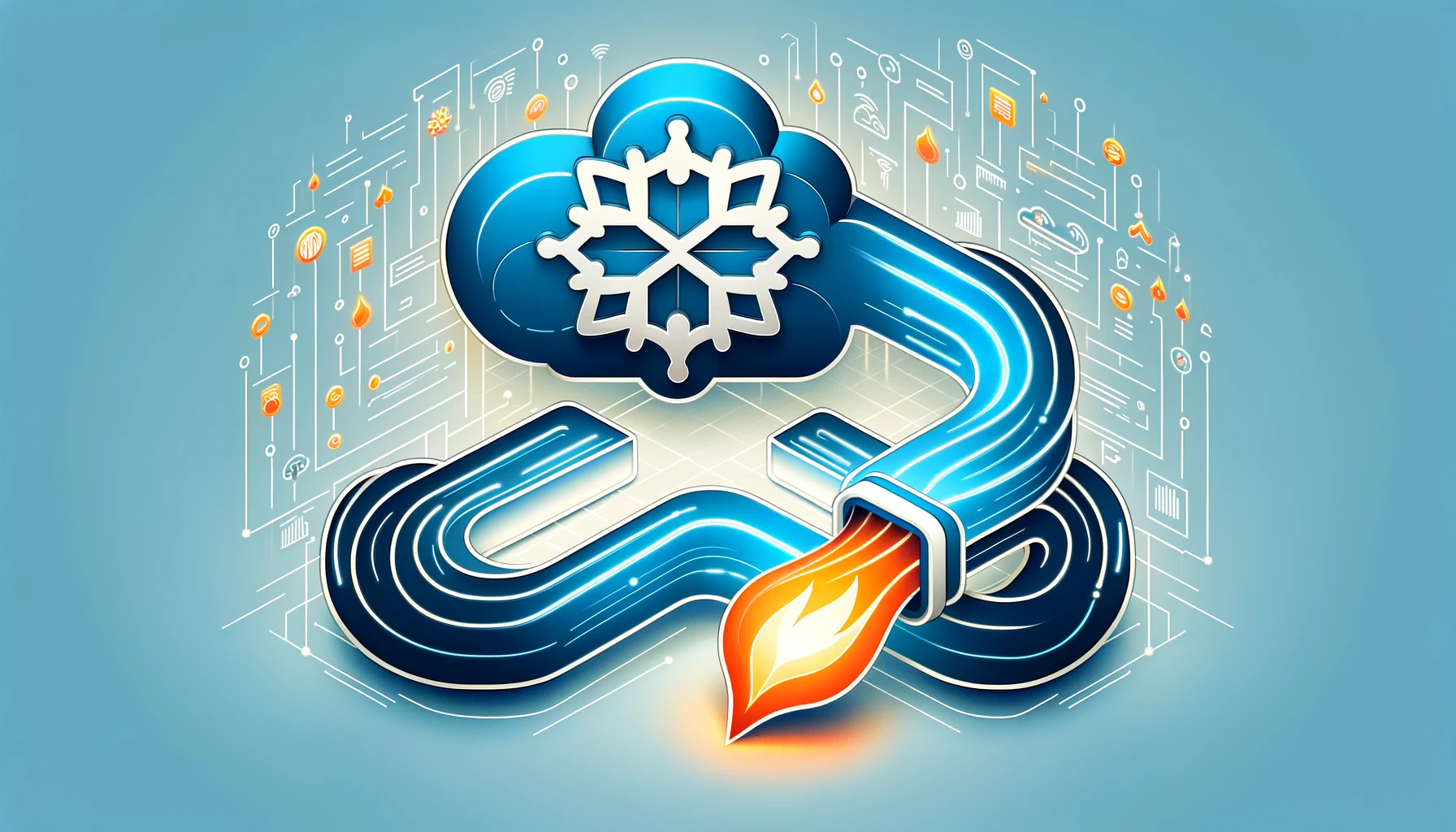
In the digital age, where data serves as the backbone of AI and analytics, efficiently streaming information between platforms in near-real time is a cornerstone for organizational success. This necessity has propelled Amazon Web Services (AWS) and Snowflake to forge a strategic partnership, redefining the landscape of modern data streaming pipelines. Their collaboration integrates Amazon Kinesis Data Firehose and Snowflake Snowpipe Streaming, marking a significant leap forward in data management and analysis.
Historically, the transfer of streaming data from various sources to platforms for analysis presented technical challenges, often requiring convoluted processes that could introduce latency and complexity. Organizations leveraging AWS for data storage and employing Snowflake for analysis encountered hurdles in seamlessly integrating these services. The partnership between AWS and Snowflake is a game-changer, simplifying data streaming through the direct integration of Amazon Kinesis Data Firehose and Snowflake Snowpipe Streaming.
James Malone, senior director of product management at Snowflake, emphasized the industry’s need for interoperability. “No tech organization leader wants to force everybody to use one tool, because no one tool is generally the best for everything,” Malone told VentureBeat. This collaboration underscores a mutual commitment to enhance compatibility and streamline workflows, enabling organizations to leverage the best features of both platforms without compromise.
The partnership’s core mission is to simplify the data streaming process while also aiming to lower operational costs. Mindy Ferguson, VP of messaging and streaming at AWS, highlighted the drive for simplicity and cost reduction as primary motivators behind the collaboration. “Customers are telling us they want simplification and they also want to see reduced cost,” Ferguson remarked in an interview with VentureBeat. This initiative not only simplifies the integration process but also optimizes it, removing unnecessary steps and directly streaming data into Snowflake, thereby enhancing efficiency and reducing latency.
Key Features of the AWS-Snowflake Integration:
- Amazon Kinesis Firehose: A fully managed service that efficiently delivers real-time streaming data from a multitude of sources.
- Snowpipe Streaming: Enables the real-time ingestion of data into Snowflake tables from external sources, fostering immediate analysis and insights.
The traditional method involved streaming data from AWS into Snowflake via a data lake layer, using Amazon S3 as an intermediary. This process required data to first be ingested into S3 before being transferred to Snowflake, adding extra steps and potential latency. The new integration allows for a direct data flow from Amazon Kinesis Data Firehose into Snowflake Snowpipe Streaming, eliminating the need for intermediate storage and streamlining the data transfer process.
Ferguson stressed the importance of rethinking data storage for real-time streaming. “As organizations really start to think about how to optimize real-time data streaming, they will consider how to use the actual storage of streaming to move data along in real time and land it at a destination as fast as possible,” she said.
Currently, in public beta, the integration showcases the potential for seamless data streaming from AWS into Snowflake. However, the reverse process, streaming data from Snowflake to AWS for use with Amazon Redshift, remains under development. Malone hinted at future capabilities without providing specific timelines, indicating ongoing efforts to enhance interoperability further.
The collaboration between AWS and Snowflake is a testament to the evolving needs of the tech industry for more integrated and efficient data streaming solutions. As organizations continue to rely heavily on data for decision-making and insights, the ability to move data swiftly and effortlessly between platforms becomes increasingly critical.
To better understand the impact of this partnership, consider the traditional versus the new method of data streaming between AWS and Snowflake:
| Feature | Traditional Method | AWS-Snowflake Integration |
|---|---|---|
| Intermediate Storage | Required (e.g., Amazon S3) | Not required |
| Data Ingestion Latency | Higher due to extra steps | Reduced |
| Complexity | High | Low |
| Cost | Potentially higher due to additional storage and processing | Lower due to streamlined process |
Key Takeaways from the AWS-Snowflake Partnership
- Simplification of data streaming: Direct integration removes the need for intermediate storage, reducing complexity.
- Cost reduction: Streamlining the process eliminates unnecessary steps, potentially lowering overall costs.
- Reduced latency: Direct streaming allows for faster data transfer, enhancing real-time analysis capabilities.
- Future expansion: While the current focus is on streaming data from AWS to Snowflake, further developments may facilitate reverse streaming, underscoring the dynamic nature of this partnership.
In conclusion, the AWS-Snowflake partnership marks a significant milestone in the evolution of data streaming technologies. By simplifying the integration process, reducing costs, and minimizing latency, this collaboration paves the way for more efficient and effective data management strategies.
Related News:
Featured Image courtesy of DALL-E by ChatGPT
